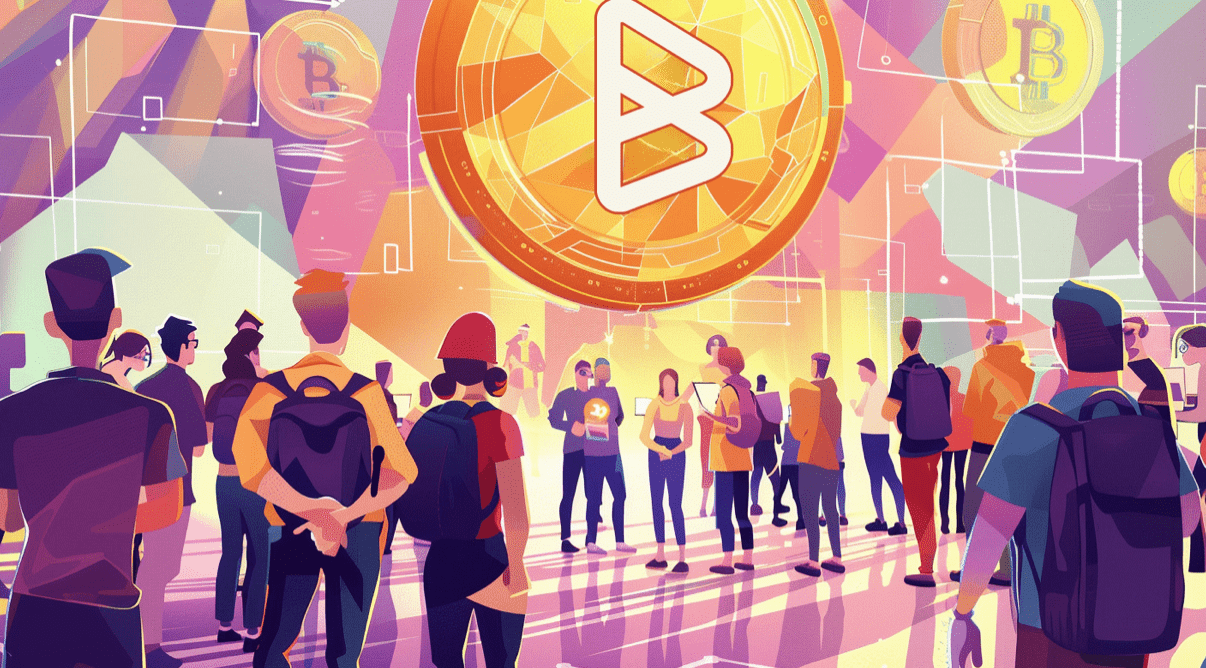Table of Contents
- What is High Frequency Trading?
- What is co-location and what does it change?
- What is segmentation and how it works
- What does price manipulation look like?
High Frequency Trading, or HFT for short has been around ever since stock exchanges first introduced computers where they ported all of their information. This allowed for stock trading to take a much faster and global approach, thus bringing us the economics of the modern world.
However, many people believe that HFT is designed for stocks as cryptocurrencies don’t necessarily reach the volume of company shares. This is true to some degree, but the fundamentals are still the same. Regardless of how the volume is lower for cryptocurrencies, we can’t forget about the blockchain technology it’s based on, thus increasing the speed even more.
When it comes to crypto trading, we may not see the way our orders are processed. In more detail, we can’t necessarily see that our orders are delayed. For example, imagine that you’ve placed a buy order for Bitcoin when it reaches $8,800. The order is immediately processed, but that’s what we see through our eyes. In reality, our order could be delayed by milliseconds, which doesn’t necessarily make that much of a difference on the surface. But the moment we include HFT users, it will make quite a lot of difference.
What is High Frequency Trading?
HFT is a term for an algorithm that is designed to catch trades as they are being processed and try to find the most profitable moment of entry. No, it’s not about determining the support and resistance levels for specific cryptocurrencies. It’s about finding out how much a specific buyer is ready to pay for a single coin.
The reason why many crypto traders have not heard about HFT is because of the volatility of the market. The way cryptos increase or decrease by sometimes 10% in a single second makes it a very risky decision to include HFT algorithms.
This basic overview is not enough to truly understand the technology, therefore let’s try to imagine a case study to better see the process of using HFT. In order to do so, we need to identify three essentials in the process.
These are the co-location of an HFT user’s server to the exchange’s server, the segmentation of orders on the crypto exchange, and the manipulation of prices through the algorithm.
What is co-location and what does it change?
Most crypto exchanges have something of a time gap before they send and receive information from their servers. For example, if you place a buy order on Binance, the cryptos you buy could come from Coinbase. The sharing of information happens within seconds, so we don’t tend to notice it straight away.
However, depending on the distance of servers and their locations, it could take slightly more time, but not more than a second or two.
The co-location of an HFT user’s server next to the exchange’s server would give them an advantage of a couple of milliseconds, meaning that their order would be processed first. Therefore, the closer the server is placed to the exchange’s server the better. This is one of the reasons why, when a crypto exchange buys real-estate, everything nearby jumps in price as HFT users will want to set up shop there.
But why is there a need to have an advantage in milliseconds? What does it change for the HFT user? I still get my market price order right?
Well, yes, but the HFT is not targeting market price orders.
What is segmentation and how it works
Now let’s talk about segmentation. This is the process that every crypto exchange goes through in order to better handle large trades.
For example, imagine that you just placed a buy order for 10 BTC. That is quite a significant order by today’s standards. In order for the exchange to handle it, it needs to break it down to more manageable chunks.
This could be ten 1 BTC orders or one hundred 0.1 BTC orders. This makes it easier to find relative sell orders for BTC as people tend to sell very small amounts on the retail level. The institutional level is a completely different story.
After segmentation, it’s time for price manipulation.
What does price manipulation look like?
Let’s go back to your buy order of 10 BTC and imagine that it was broken down to ten 1 BTC orders.
On some exchanges, traders have the ability to place a maximum price they’re willing to pay. This is something the exchange uses if the price changes very quickly and the market order fails. So, if BTC’s market price is $9,000 a trader would indicate the maximum price as $9,050 or $9,100. Let’s get to the fun part now.
As you remember, your trade was broken down into ten 1 BTC orders and you indicated your maximum price as $9,100. Let’s now imagine that the first BTC was processed easily and was given to you for $9000 because it’s the market price.
Once that 1 BTC is processed, the HFT server will notice the trade being made immediately. We’re talking nanoseconds here because of the co-location to the exchange’s server. It immediately identifies you as a big trader as it’s programmed to think that a large trade is just a part of an even larger one.
Therefore, it will start trying to identify your maximum price. It has seen that you bought 1 BTC for $9000, so it will try something like $9500 but will fail. After failure, it will try $9400, $9300 and all the way down to $9100.
Once it guesses that you’re willing to pay $9100, it buys up all of the $9000 priced BTC on the exchange’s server because it has faster access and then sells you all of them for $9100 a piece. This way, the HFT user gains a profit of around $800-$900 in a millisecond, while you have to pay more for the remainder of your BTC order.
It’s quite an unfair way of trading, and on its way out of the traditional financial world, but could find a safe haven with crypto exchanges.
Investment Disclaimer








